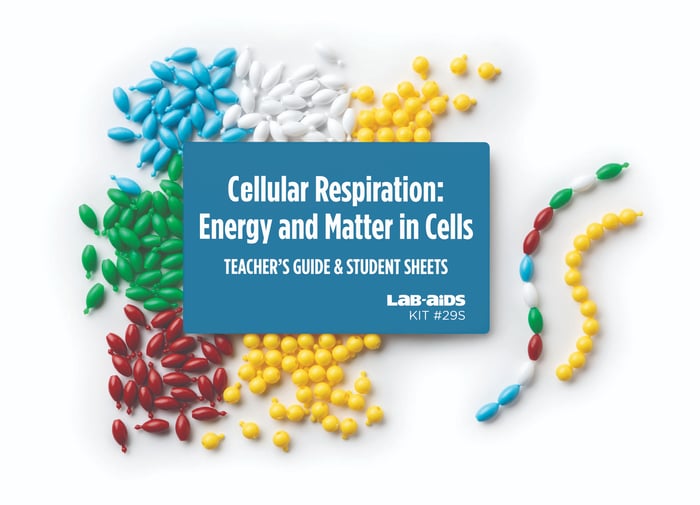Cellular Respiration: Energy and Matter in Cells

Students use information provided in the text to develop physical models of proteins and carbohydrates. They use these models to explore the breakdown of food during digestion and the use of the resulting subunits as building blocks for human proteins (in the case of amino acids) or for making carbohydrates or generating usable energy (in the case of sugars). Based on their investigation of the physical models, they create drawn models to represent the use of food as a source for matter and energy.
Details at a Glance
- 1-2 Days | 1-2 ~50 minute class periods
- 1 Activity
- Accommodates unlimited classes, each with 16 groups of 2 students
- Meets our criteria for supporting literacy
- All materials are non-consumable
- Developed in partnership with SEPUP
Scientific Concepts
Performance Expectation
MS-LS1-7
Disciplinary Core Ideas
MS-LS1.A
MS-LS1.C
MS-PS3.D
Science and Engineering Practices
Developing and Using Models
Constructing Explanations and Designing Solutions
Connections to Nature of Science
Crosscutting Concepts
Energy and Matter
KEY VOCABULARY: carbohydrate, cell, cellular respiration, digestion, energy, fat, matter, multicellular, protein
Guides & Student Sheets
Our kits and modules provide you with everything you need so you can open, review, and teach the material confidently the next day.
- Comprehensive Teacher Guide with background information, detailed instruction, example data and answers
- Student Sheets with age appropriate background information, full procedure(s), and analysis items
- Materials necessary for the investigation (beyond common classroom items)
- Safety Data Sheets
Kit Components
- 50 red oval pop beads
- 50 blue oval pop beads
- 50 green oval pop beads
- 50 white oval pop beads
- 50 yellow spherical pop beads
- 16 resealable plastic bags
- 32 Student Worksheet and Guides
- 1 Teacher's Guide
- Not included and needed for instruction: A set of colored pencils for each student group.
